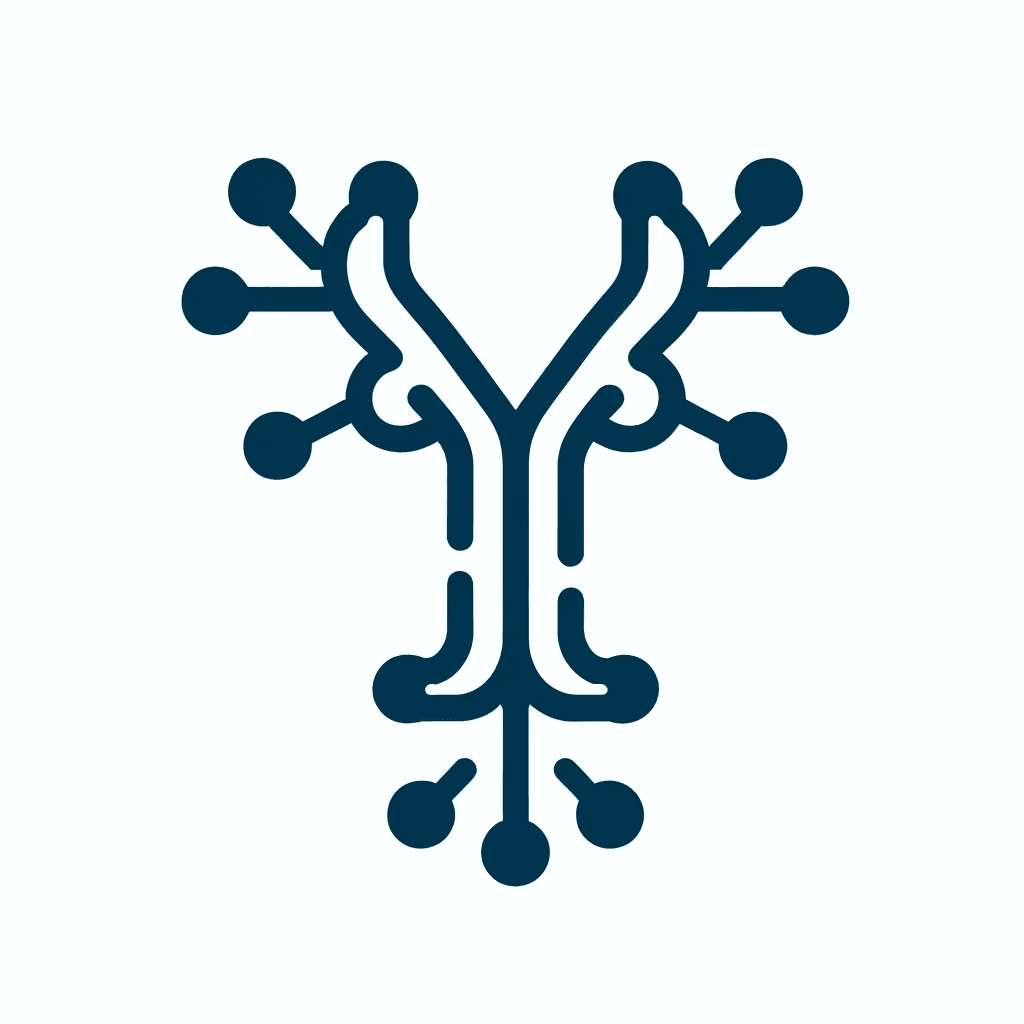Download A4Medicine Mobile App
Empower Your RCGP AKT Journey: Master the MCQs with Us!

Immunoglobulins (Igs), also known as antibodies, are crucial components of the immune system. They are proteins produced by B cells that play a vital role in identifying and neutralizing foreign substances like bacteria and viruses. Each class of immunoglobulin has distinct features, distributions, and functions, contributing uniquely to the body's immune response. This table provides an in-depth look at the five major classes of immunoglobulins - IgG, IgA, IgM, IgE, and IgD. It outlines their primary locations in the body, their functions, and specific clinical conditions where their levels might be elevated or reduced. Understanding these aspects is critical for clinicians in diagnosing and managing various immune-mediated and infectious diseases.
| Immunoglobulin (Ig) | Distribution/Location | Function | Conditions with Elevated Levels | Conditions with Reduced Levels |
|---|---|---|---|---|
| IgG | Most abundant in serum | Provides long-term immunity, neutralizes toxins | Chronic bacterial infections, autoimmune diseases, some types of leukaemia, HIV (late stage) | Primary and secondary immunodeficiencies, protein-losing enteropathy, nephrotic syndrome |
| IgA | Mucosal areas (gut, respiratory tract, urogenital tract), saliva, tears, breast milk | Protects mucosal barriers, prevents pathogen entry | Chronic mucosal infections, liver cirrhosis, autoimmune diseases, IgA monoclonal gammopathy | Selective IgA deficiency, Celiac disease, some types of immunodeficiency |
| IgM | Found mainly in blood and lymph fluid | First responder to... |
Try our Free Plan to get the full article.